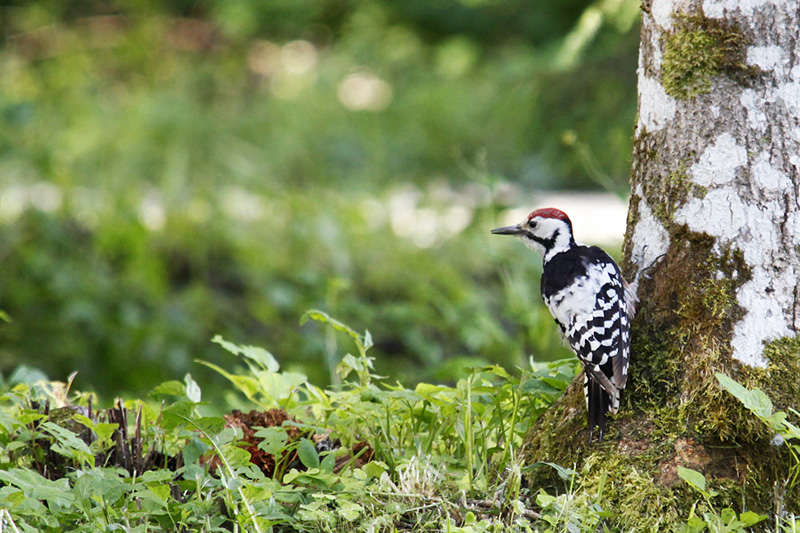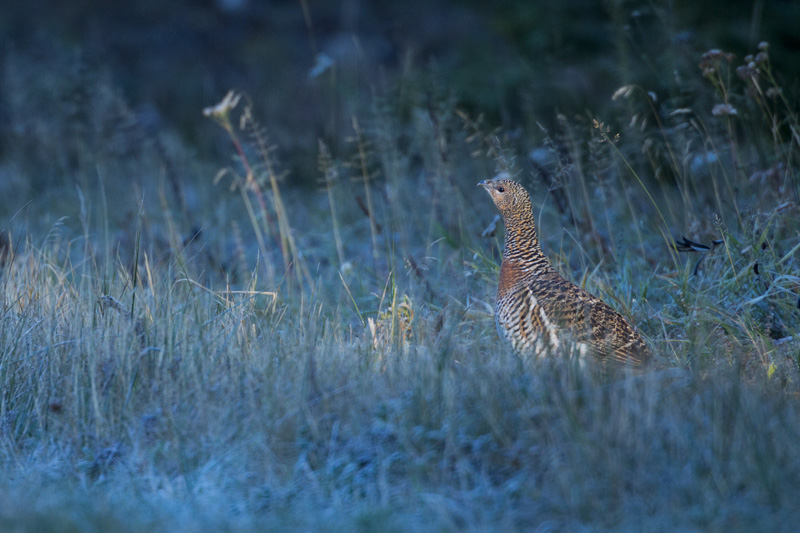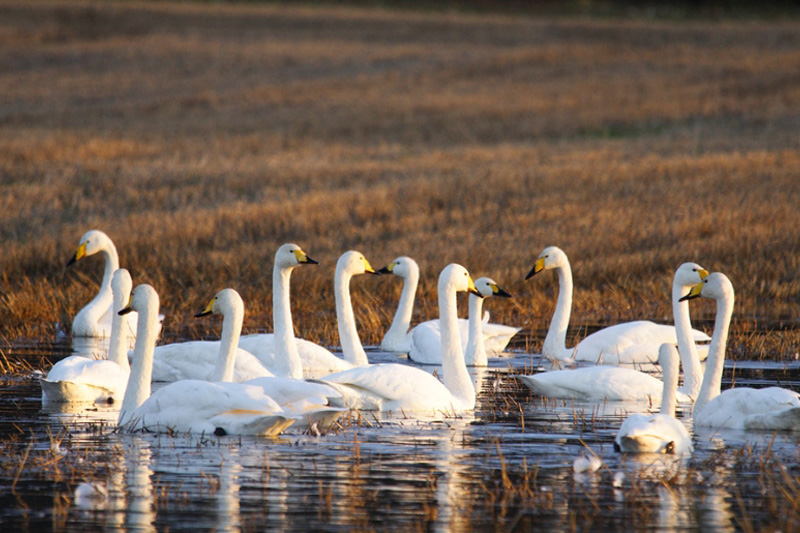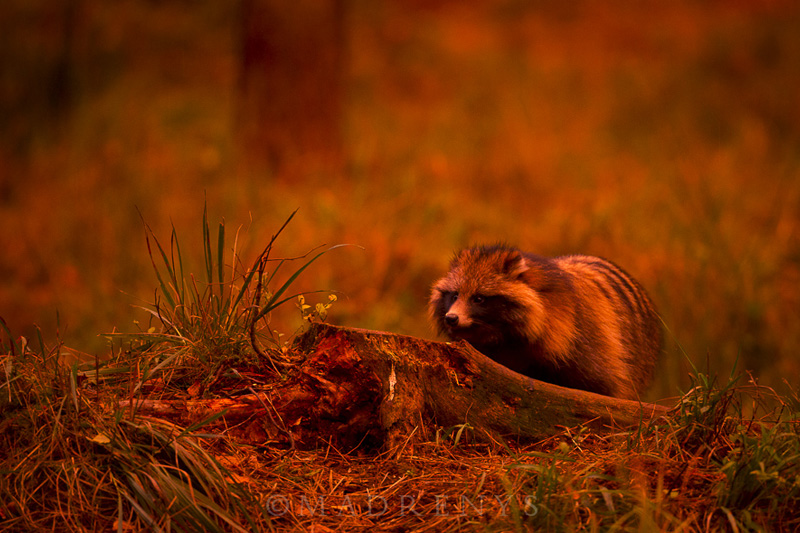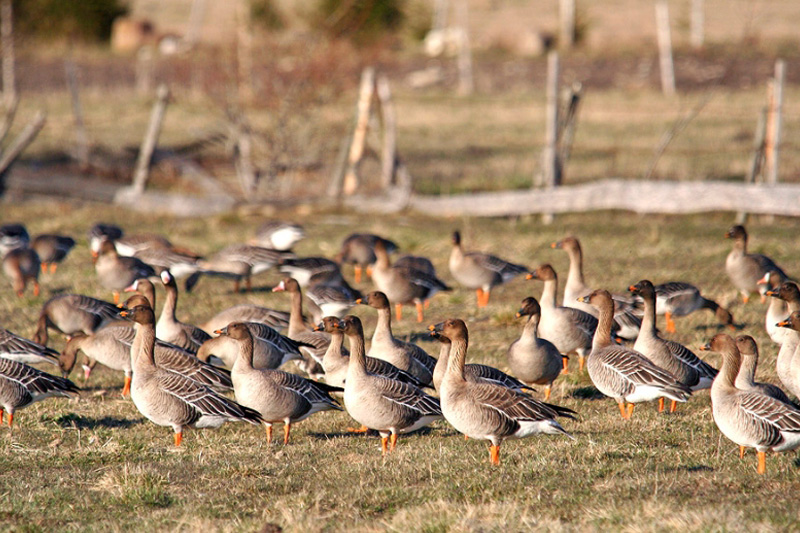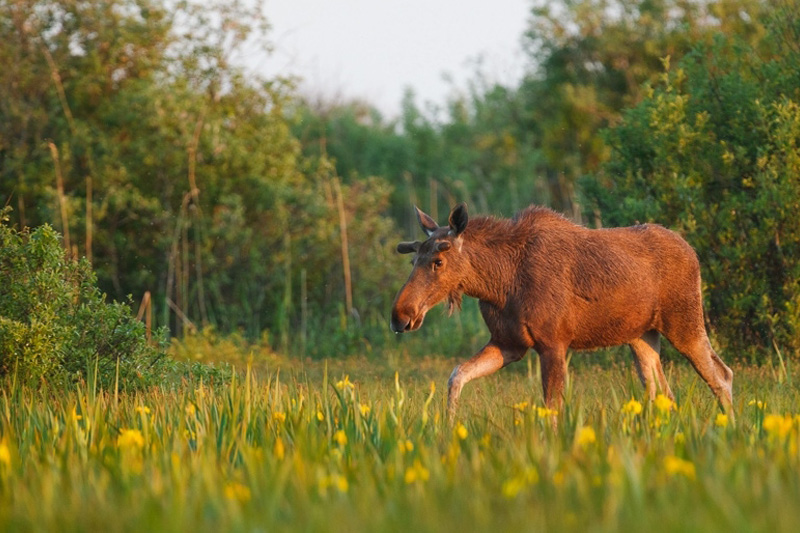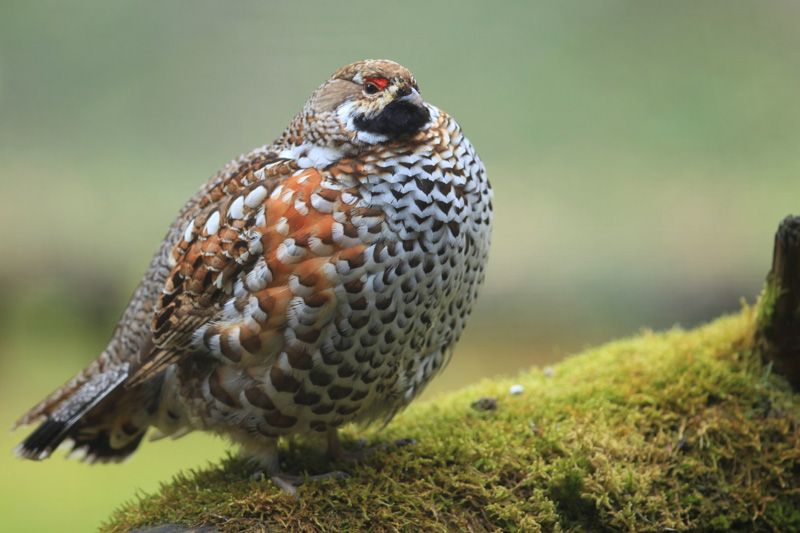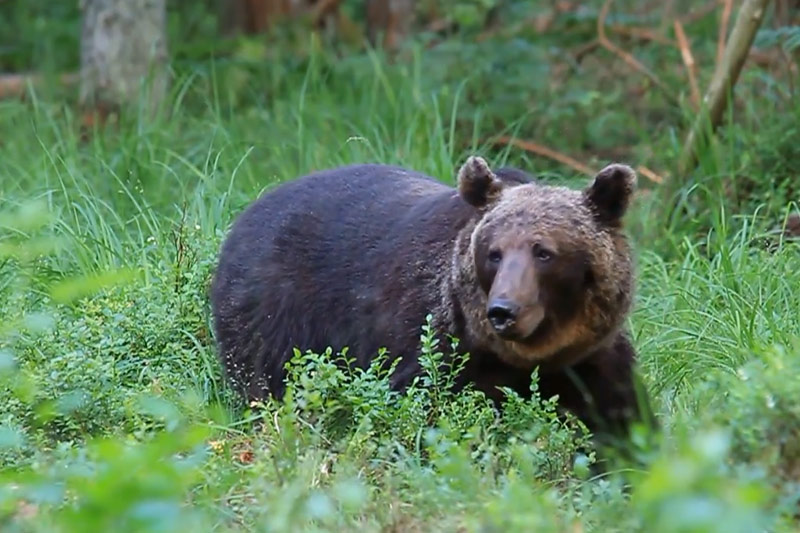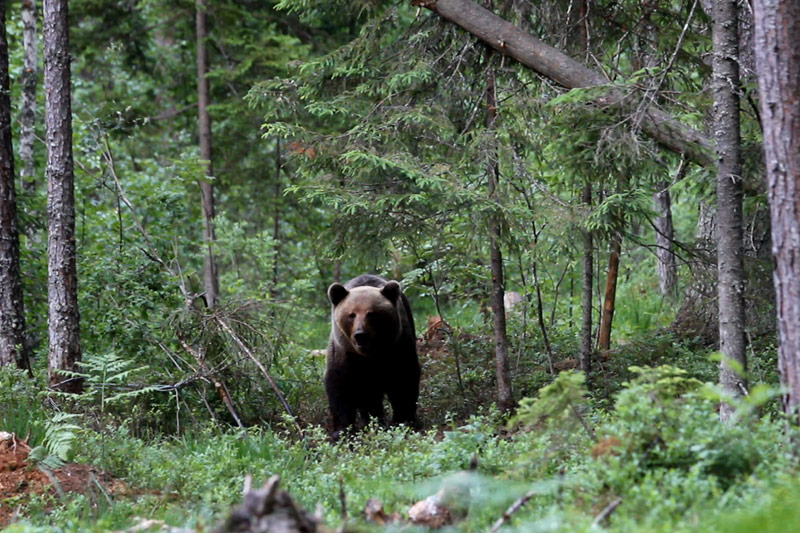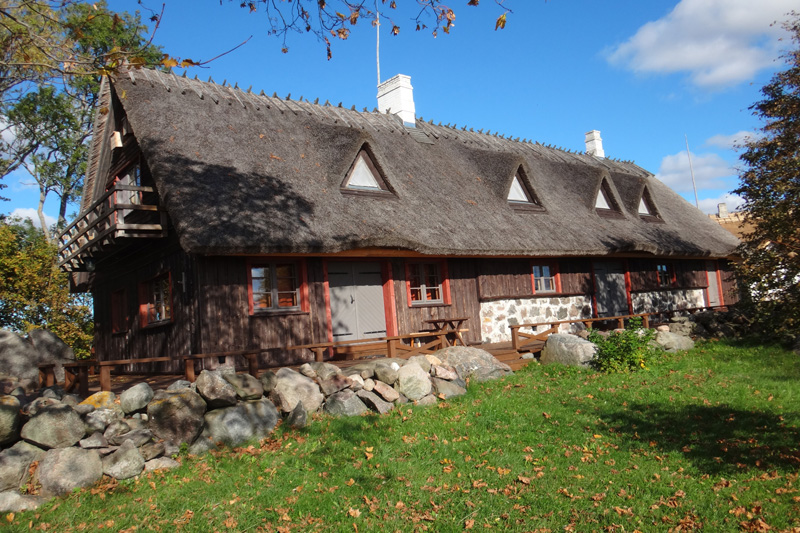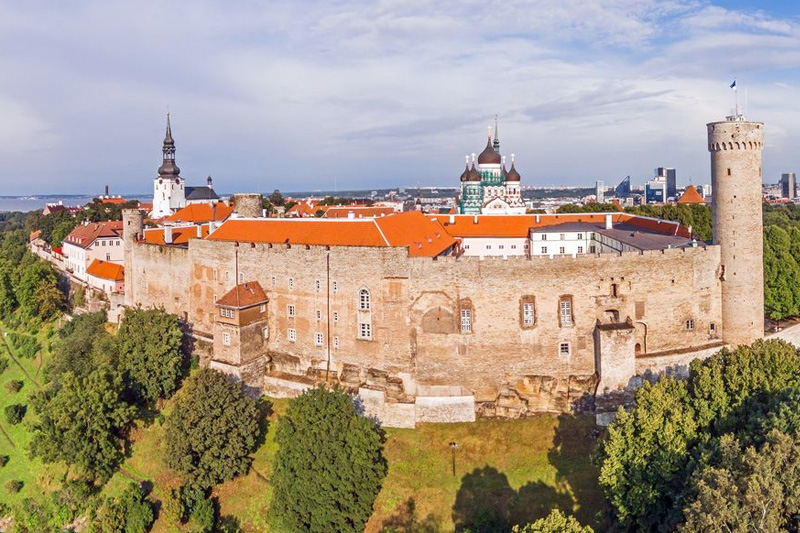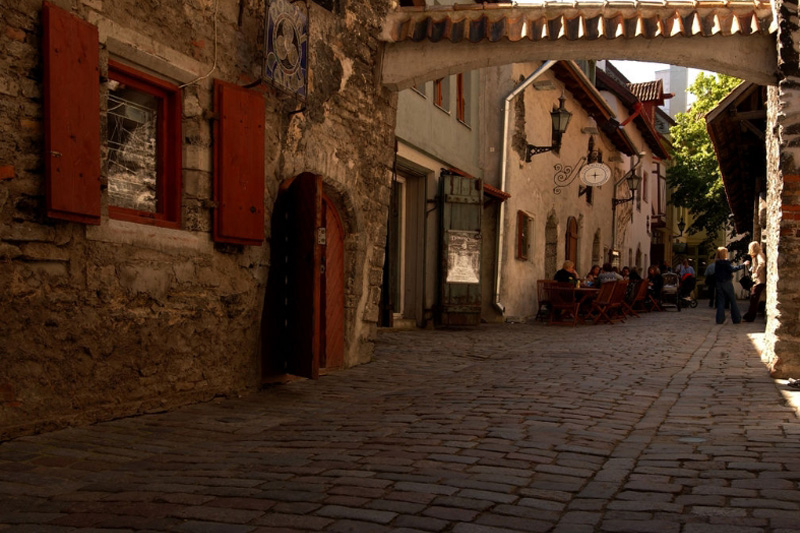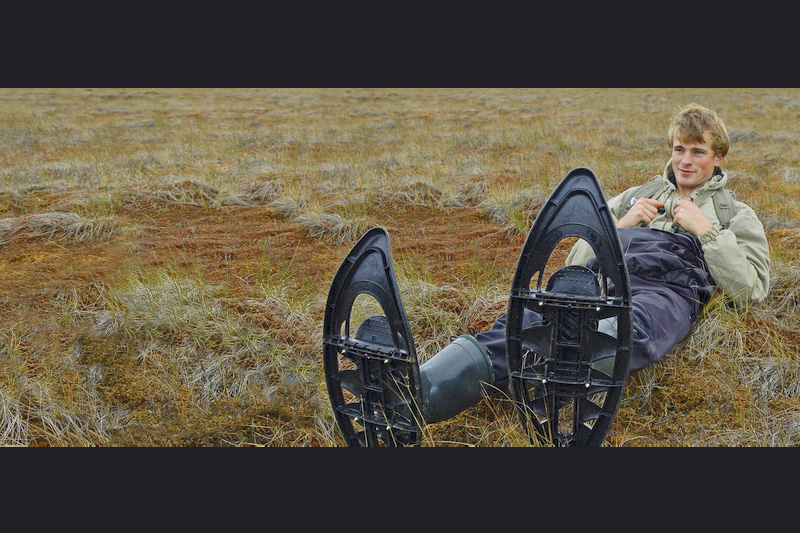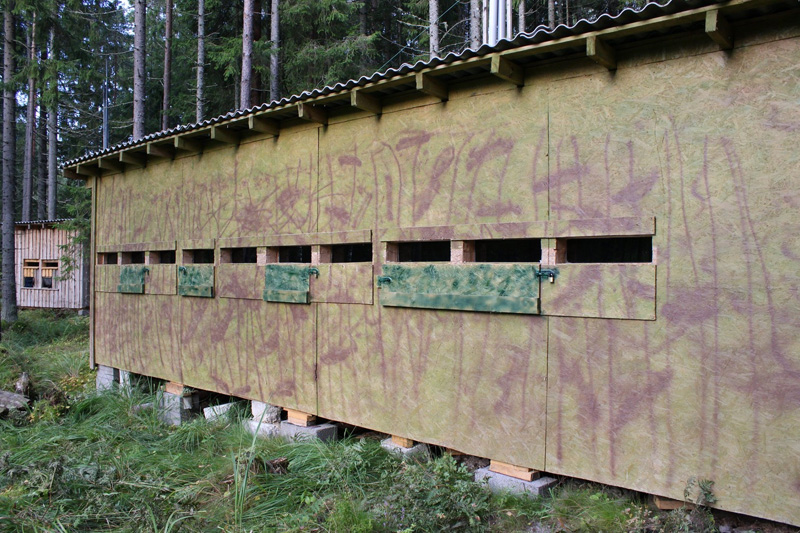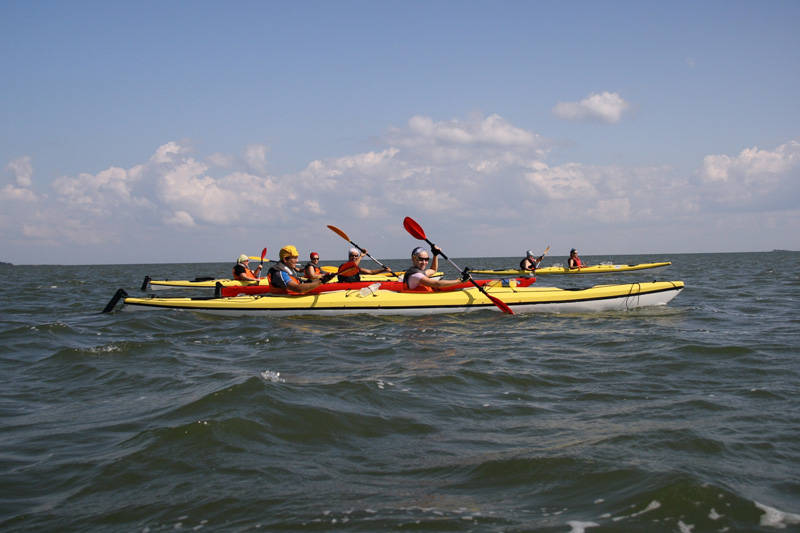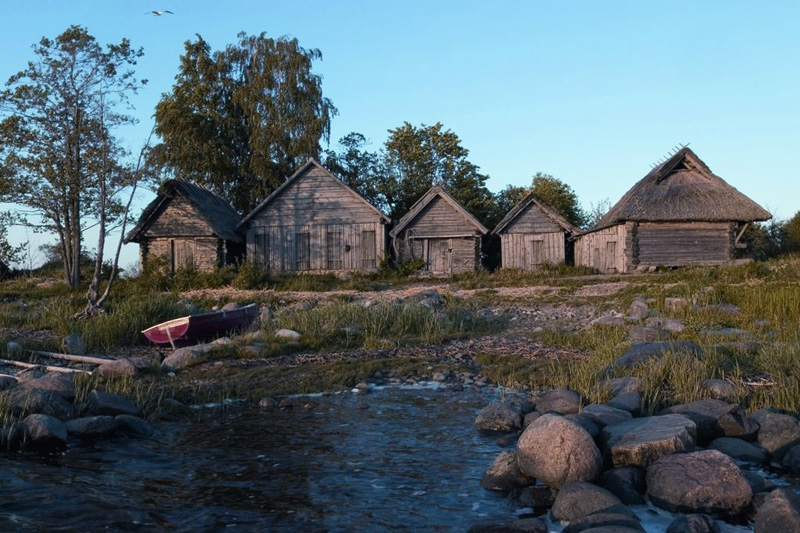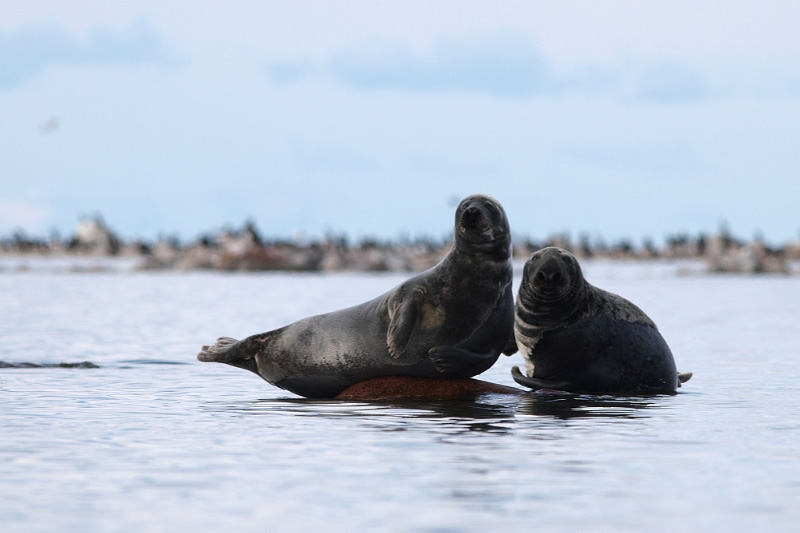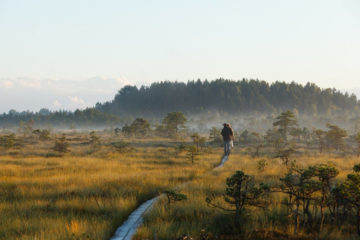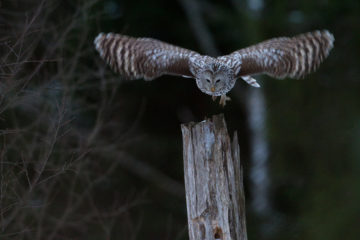Estonia is a country in the Baltic region of Northern Europe. It is located between the Nordic countries and the east of Europa. Between civilization and the wild, there are rugged limestone cliffs and lush forests hosting a variety and quantity of wildlife.
It is bordered to the north by Finland and the east by Russia. The south is bordered by Latvia and the central Europe. Estonia is the perfect place for observing Nordic and Central European nature.
The territory of Estonia is similar to the one of Denmark or the Netherlands with a population of 1.3 million. The people are very connected with nature, lovers of this and environmentally friendly. This leads to the wildlife to have a vast expanse without being disturbed. Over 50% of the territory is woods, so there are a huge variety of forest birds inhabiting them, from piscids to Nordic birds. A well-preserved taiga houses a good quantity of tetraonidae, including population of black grouse; western capercaillie and hazel grouse which inhabit in the deepest forests, sharing the land with the most important mammals of the continent. Mammals such as moose, bears, lynxes, wolves and raccoon dogs live in the same woods.
Most of the country is plain with many lakes and swamps; these are good places to find the European beaver. The highest peak in Estonia is Suur Munamagi, about 318 meters high. The country has 3800 km of coastline and more than 1500 islands and islets in the Baltic Sea, some of them have prohibited access during the breeding season of many seabirds. The coast is a key point to observe wildlife, grey seals and ringed seals using islets to rest, but especially is the great number of birds that make from the Estonian coast a perfect place for the birdwatcher; whooper swans, hooded mergansers, common pochards, long-tailed ducks, common scoters;…but it is while migrations where you can observe the passage of more than 2 million birds, Artic ducks, all swans, more than 50.000 barnacle geese, thousands of geese and all kind of waders.
For its landscape, location and wildlife, Estonia is a wild paradise of Europe.

